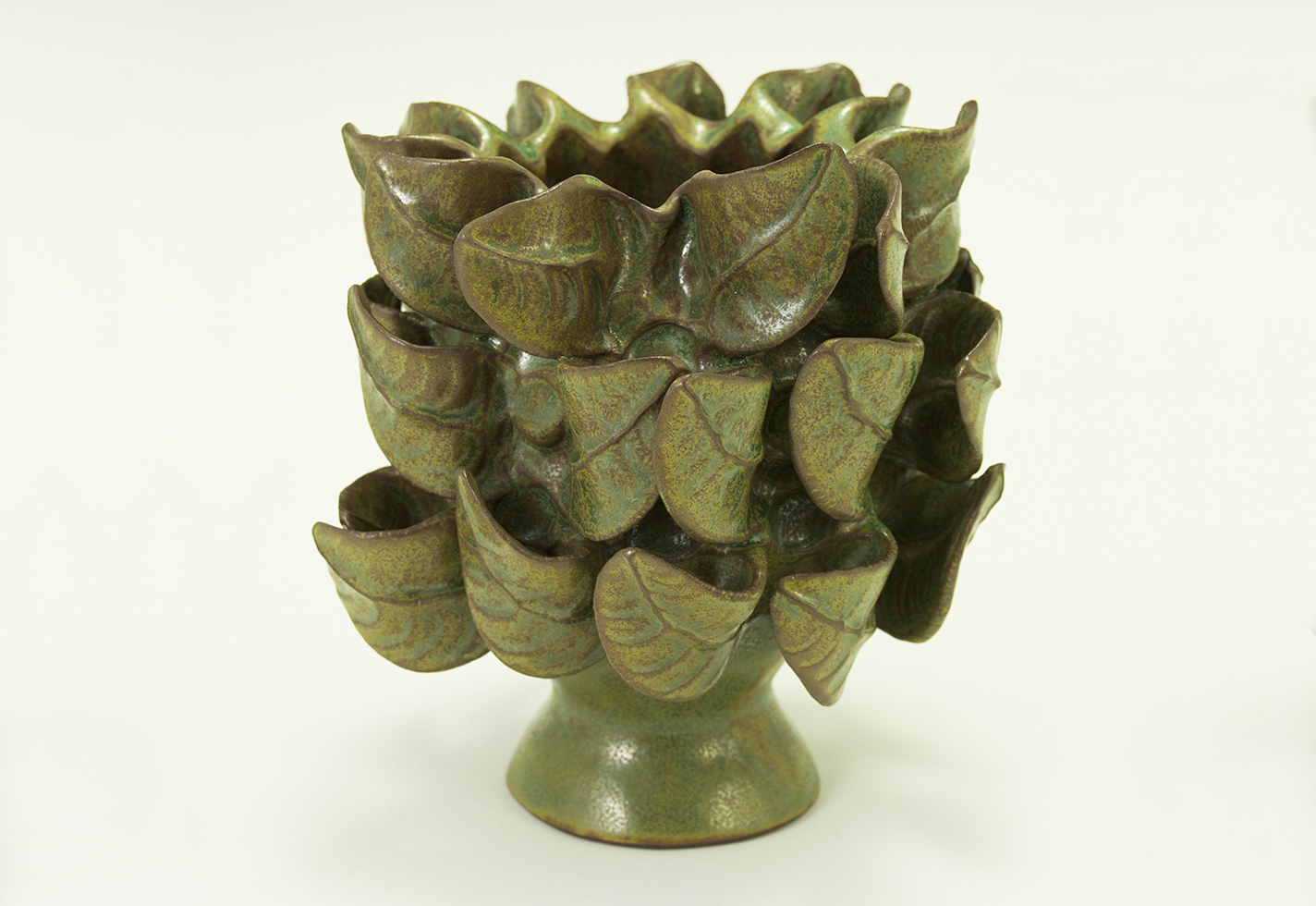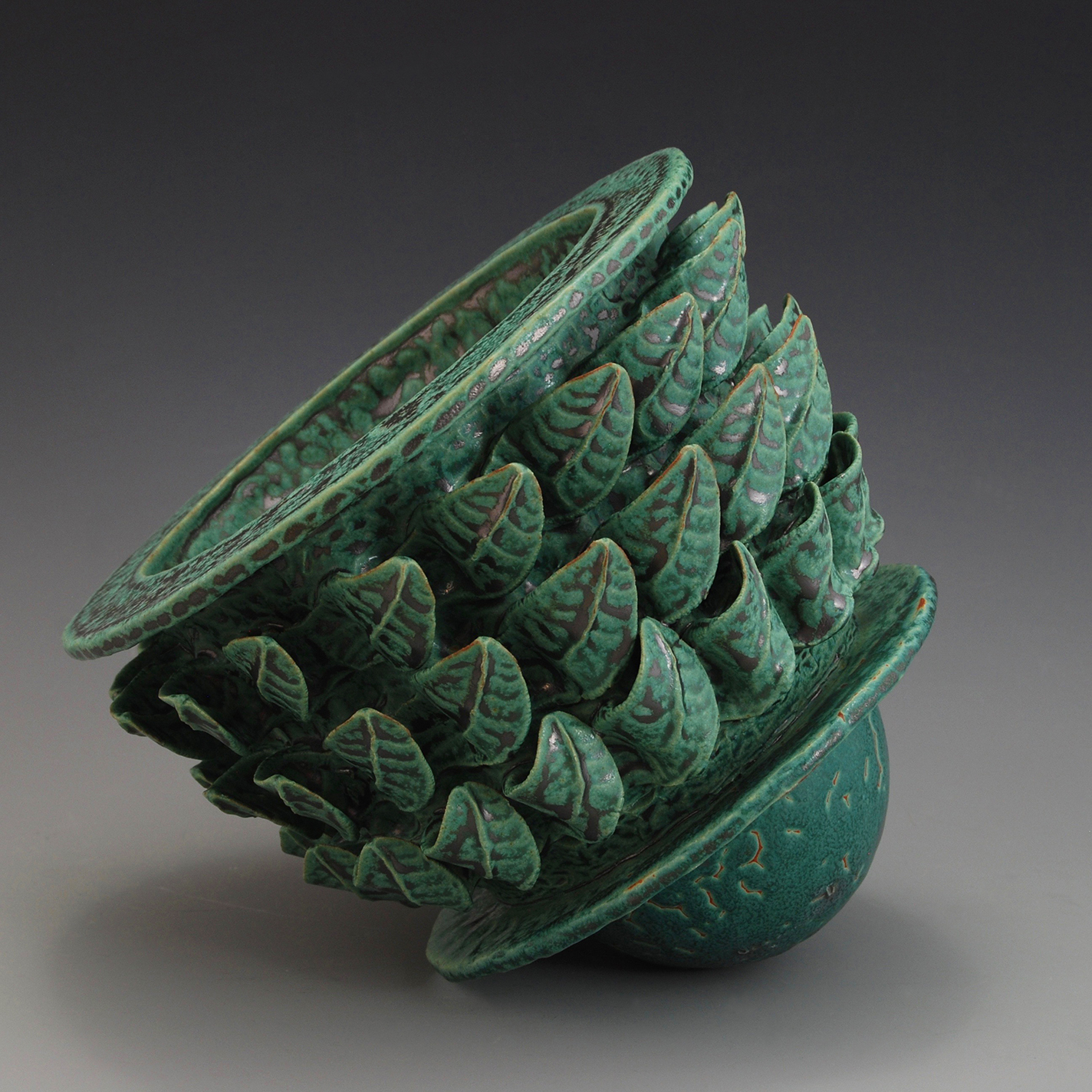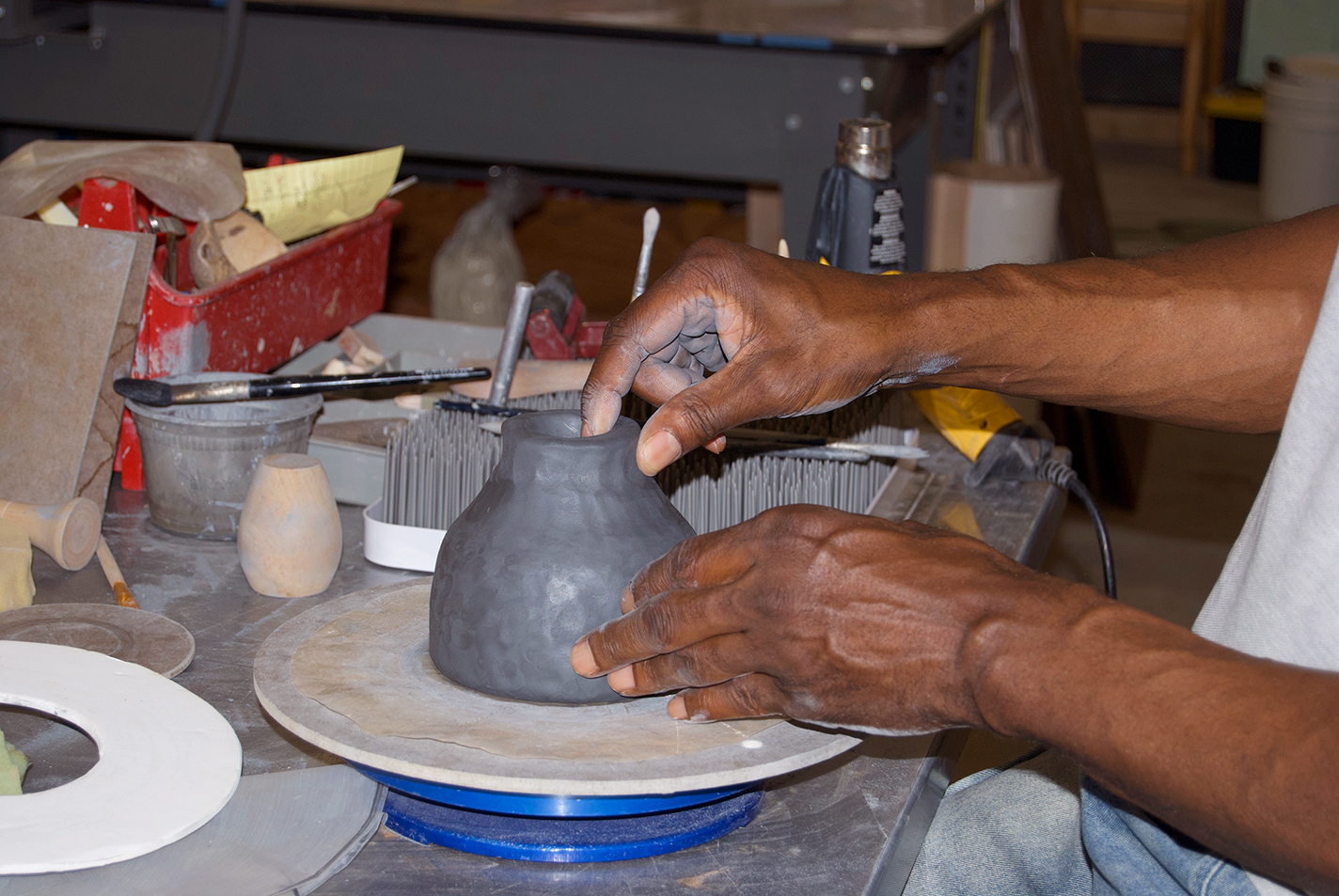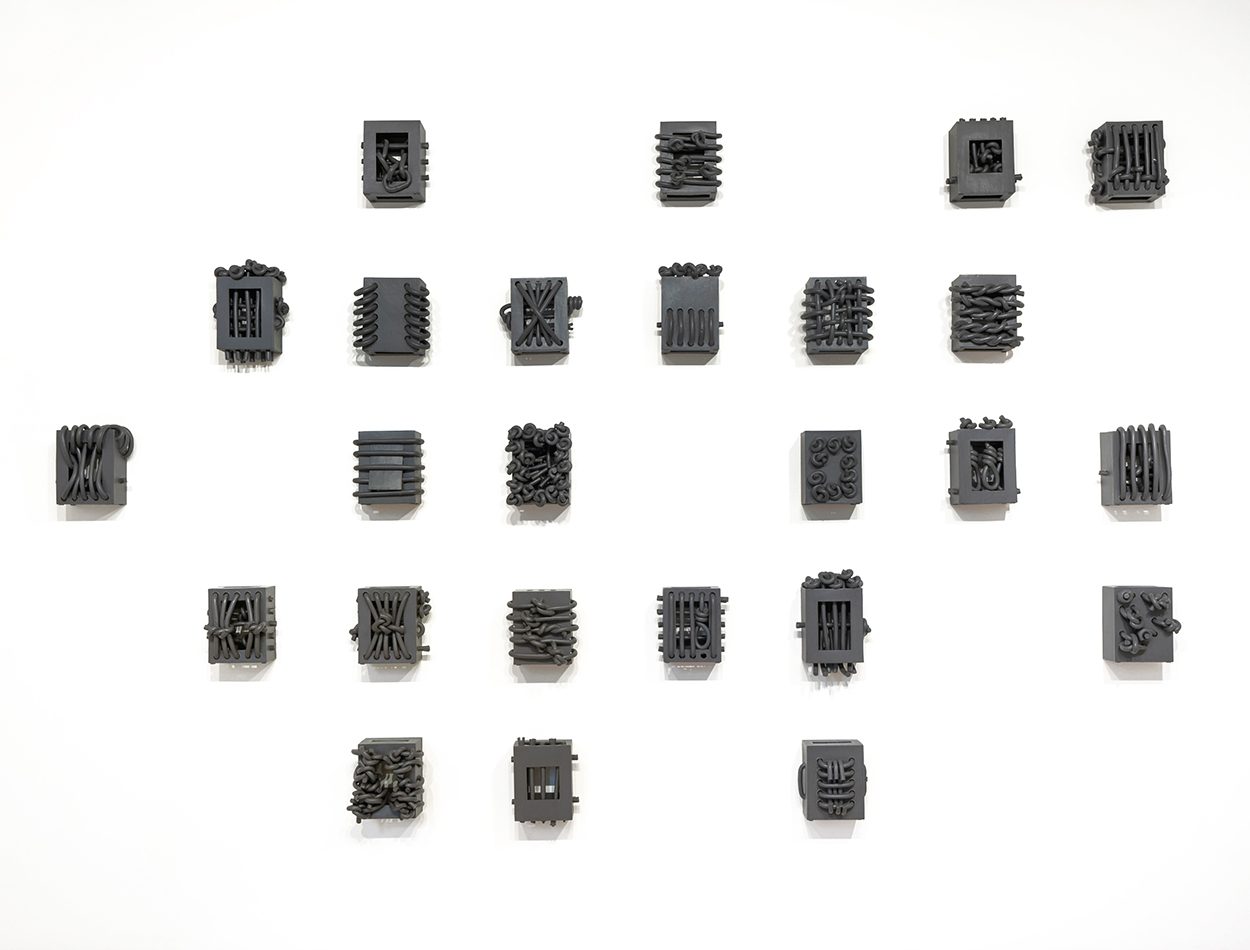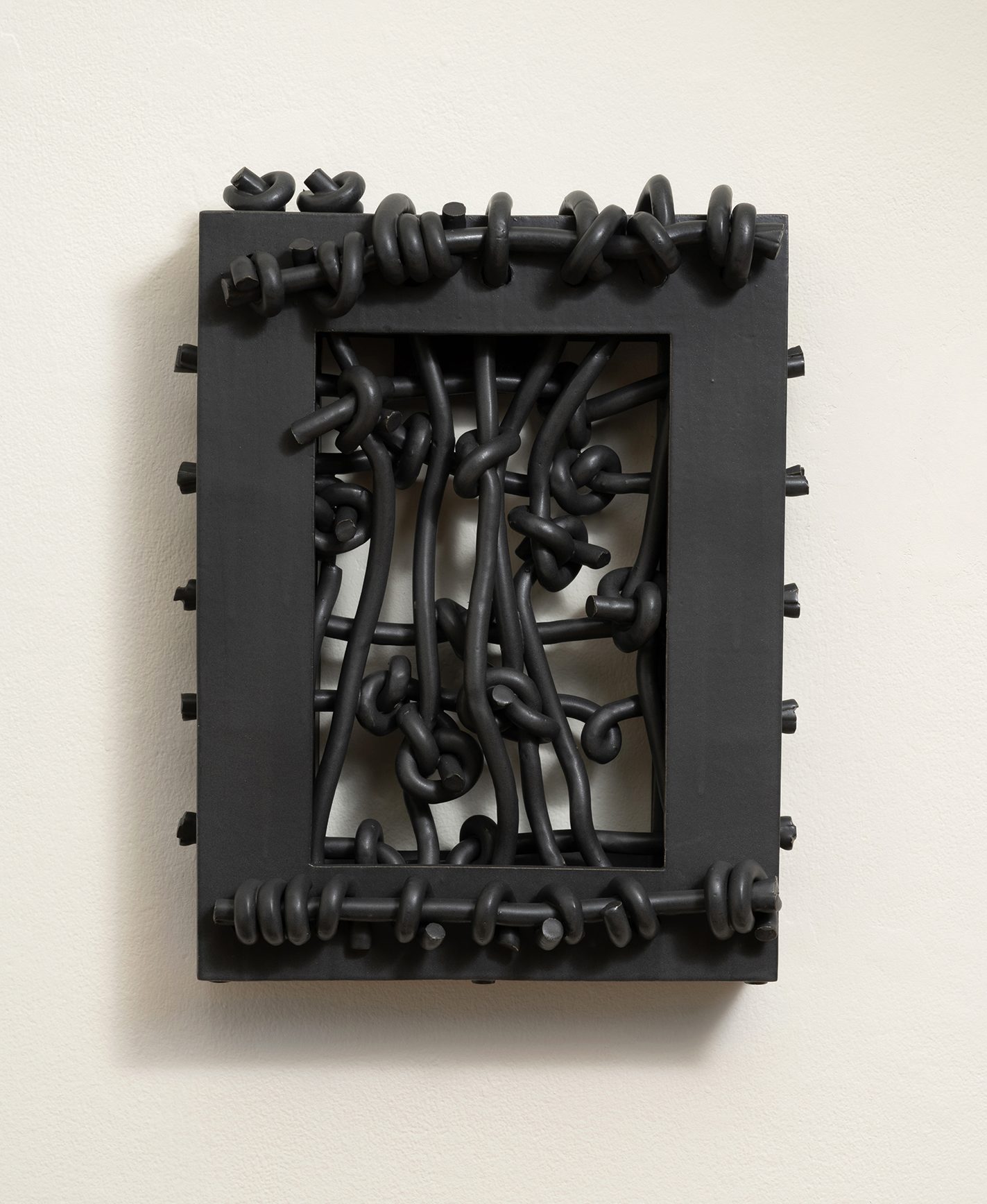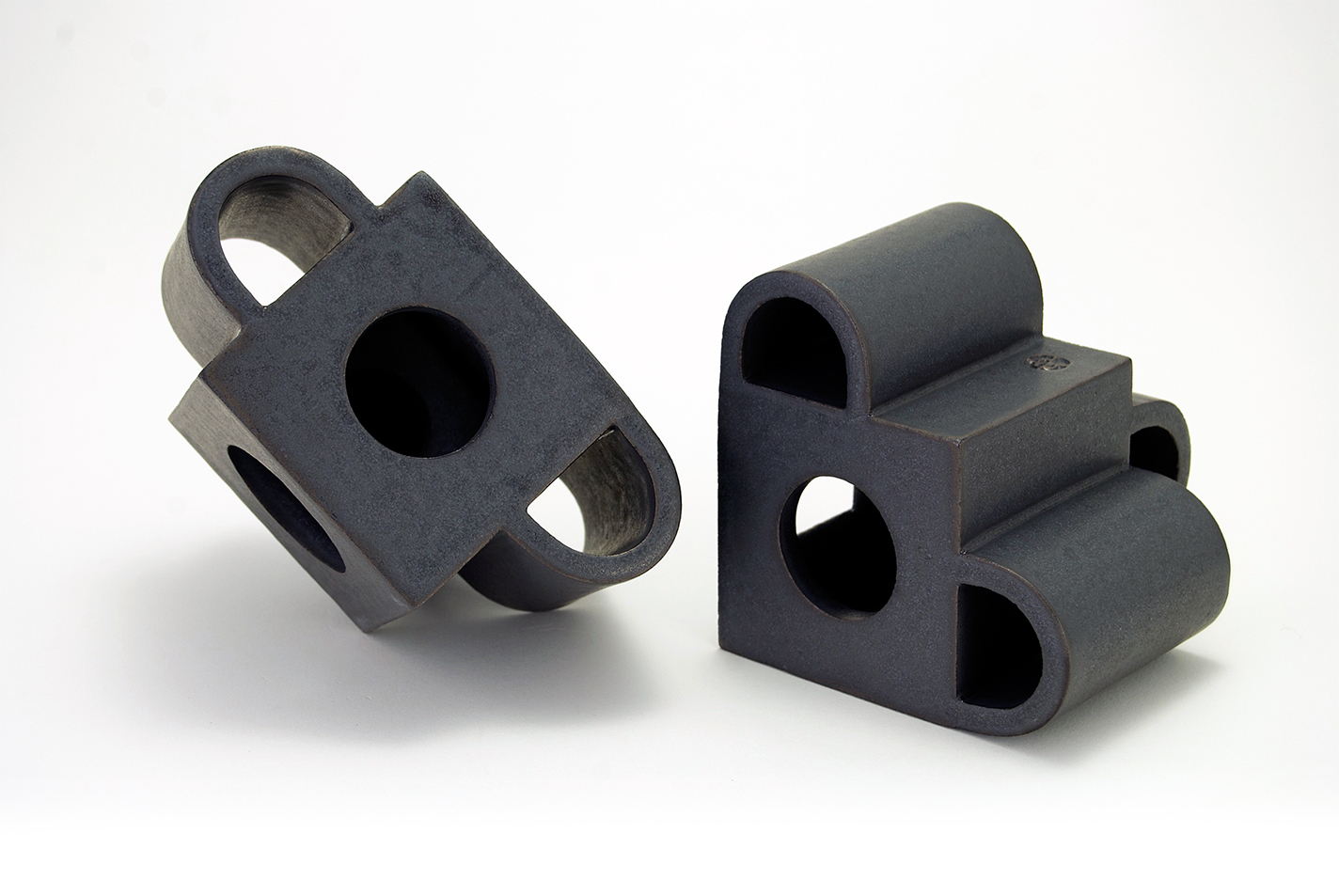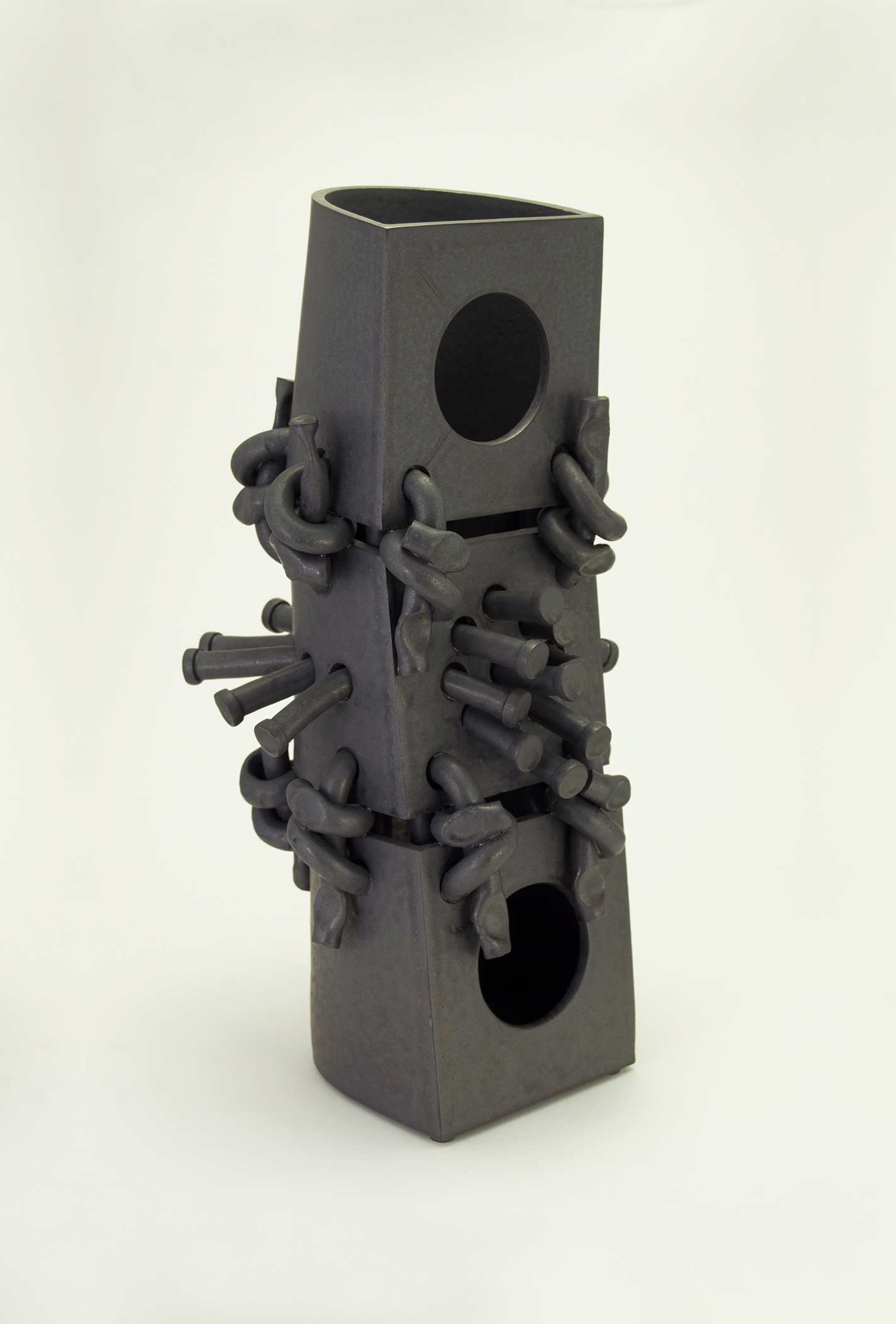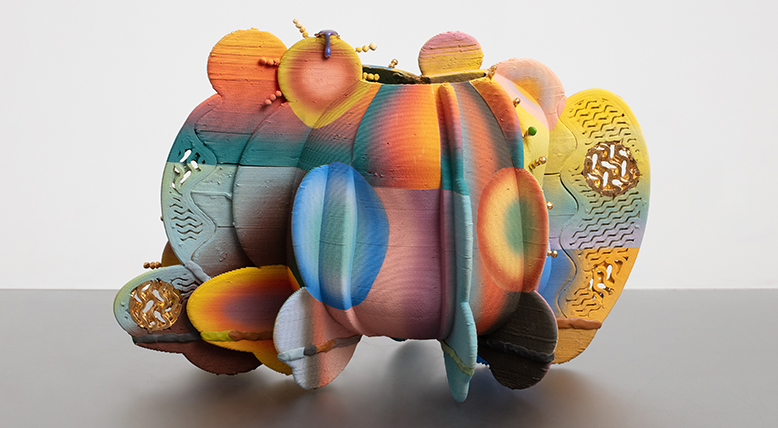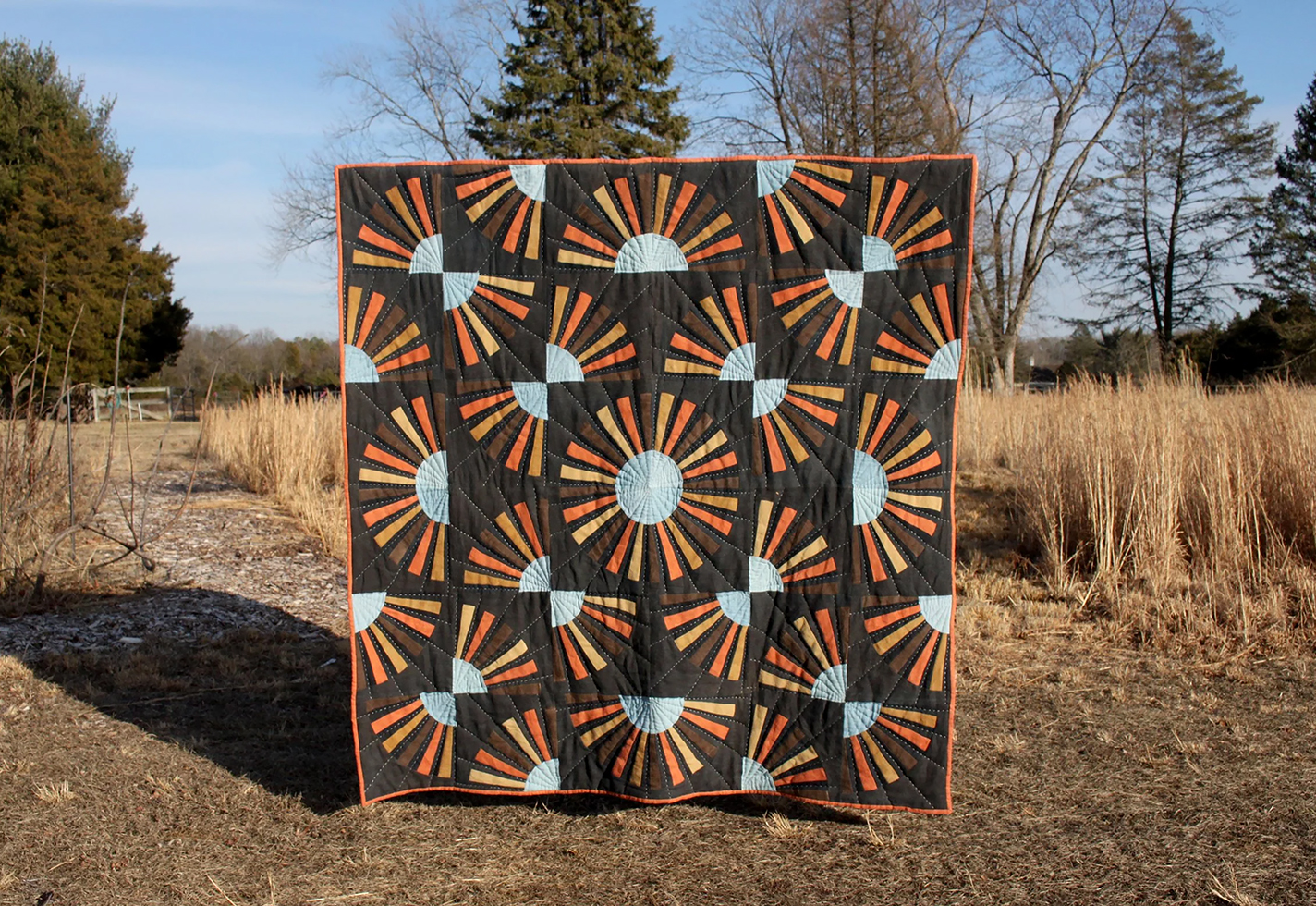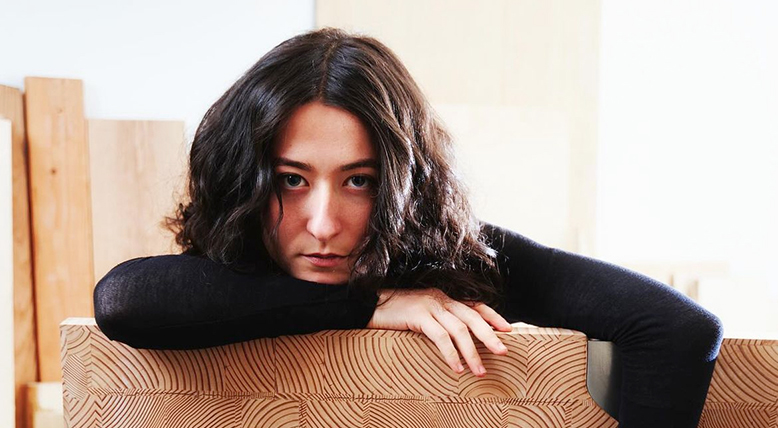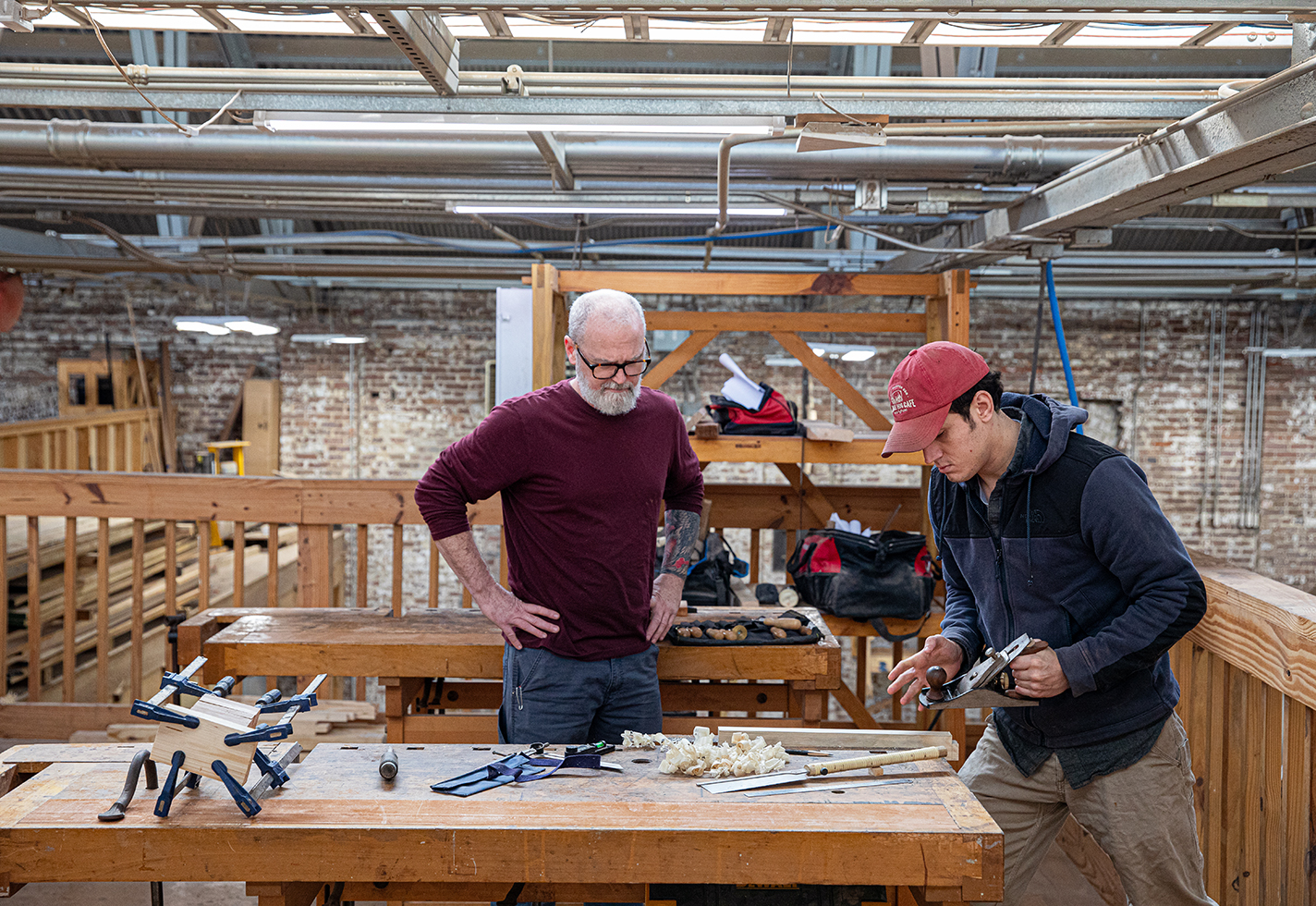Paul S. Briggs has a saying he is fond of repeating, whether to his friends, students, or at the end of his emails: “Chase the muse!” That simple phrase—exclamation point obligatory—has been a guiding principle for the Alfred, New York–based ceramist, whose journey in clay has been long and wandering, yet never without focus and intention.
Surveying Briggs’s body of work, one can immediately glean the breadth of his musings. They range from undulating natural forms such as leaves and flowers expressed in airy and delicately pinched vessels, to more philosophical or political explorations of power dynamics, concretized through abstract slab sculptures. Each new idea is explored gradually and thoroughly, with Briggs often creating dozens of pieces within a series. “You can only get to the place you have your focus on by working, working, working,” he says. “That dream that you have? If it’s gonna be realized, it’s gonna be realized while you are chasing the muse.”
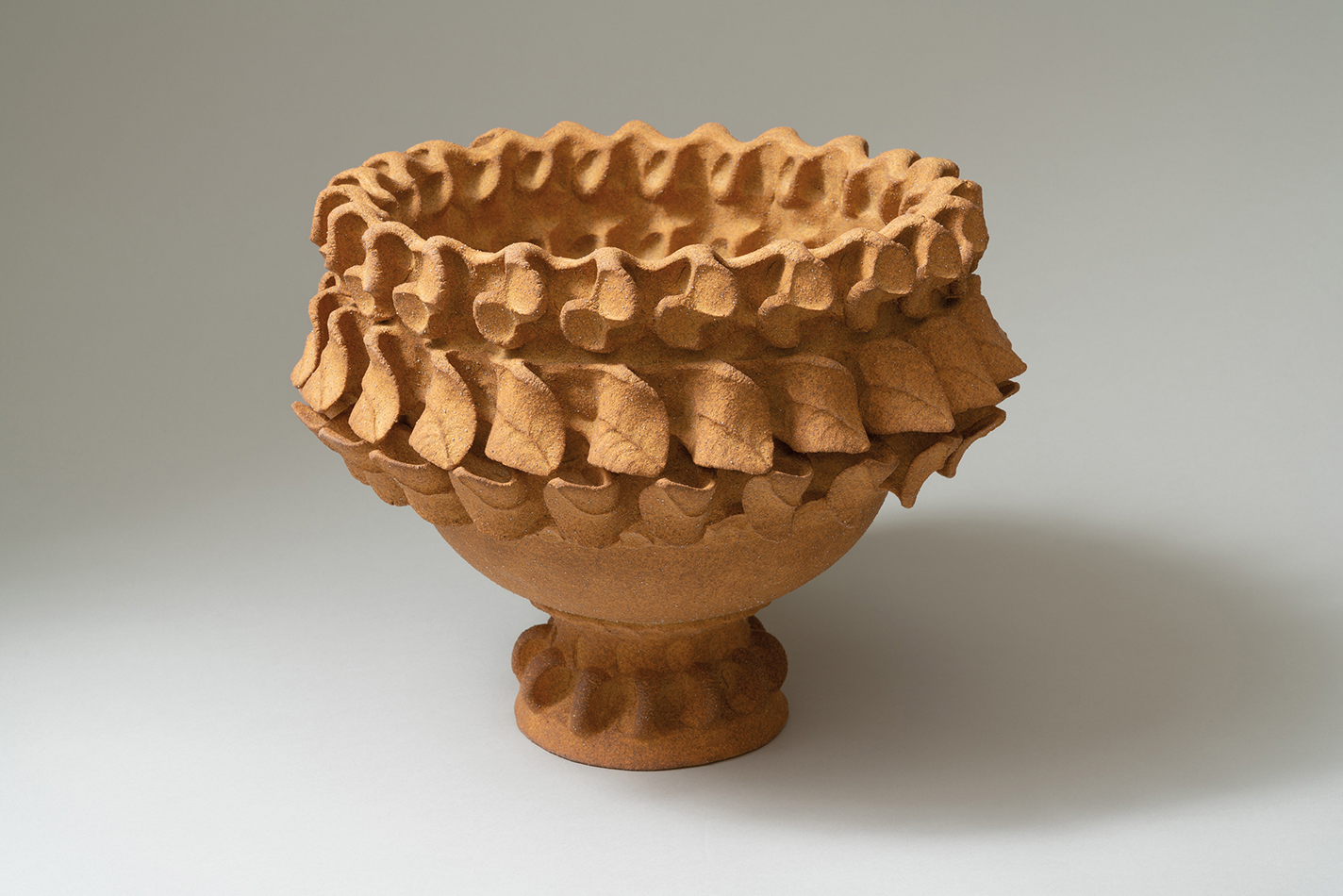
Calyx Krater, 2021, unglazed ceramic, 9.5 x 13 x 13 in.
